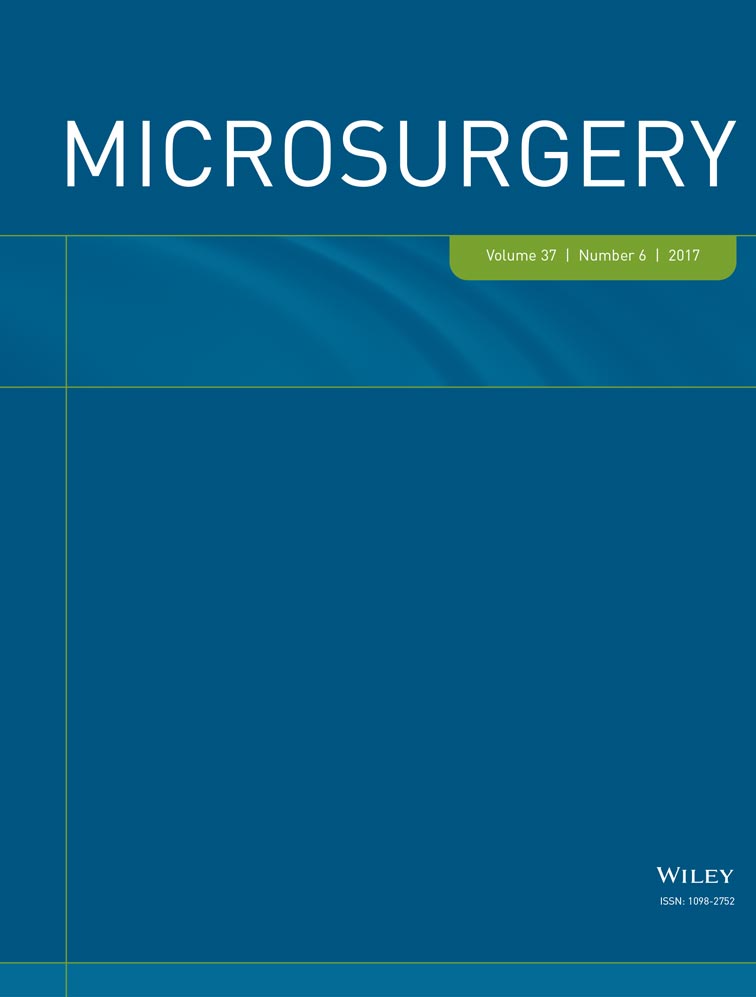Free temporal artery posterior auricular skin (TAPAS) flap: A new option in facial and intra-oral reconstruction
This flap has been presented in March 2015 at the 42th Alpine Workshop in Plastic Surgery in Ortisei Italy
Disclosure: The authors declare that there is no conflict of interest.
Abstract
Background
There is a limited availability of suitable microvascular free flap options for the reconstruction of small to medium-sized facial and intraoral defects. The purpose of this report is to present a new free temporal artery based posterior auricular skin (TAPAS) flap in facial and intraoral reconstruction.
Patients and Methods
Four patients were deemed suitable for TAPAS flap reconstruction and consisted of two males and two females with a mean age of 43 years (range 22–66). Defect aetiology and location comprised of post-traumatic lower eyelid scarring, late lower lip scarring post tumour resection, and floor of mouth and tongue defects following tumour resection. The dimensions of the resultant defects ranged from 25 × 50 mm (smallest) to 40 × 70 mm (largest). All patients underwent microvascular reconstruction using a free fasciocutaneous TAPAS flap raised from the retroauricular region based on the superficial temporal vessels.
Results
The maximal pedicle length was 60 mm and the maximum flap size measured 40 mm by 70 mm. The latter patient required skin grafting of the postauricular donor site. Postoperatively, there was one case of mild transient venous congestion that spontaneously resolved after 2 days and one case of minor partial flap dehiscence that required re-suturing. Follow-up time ranged from 6 to 14 months. Overall, all flaps survived with good aesthetic and functional outcome.
Conclusion
The TAPAS flap is a small flap with exceptional qualities and may be a useful addition to the armamentarium of free flaps in facial and oral reconstructions. © 2016 Wiley Periodicals, Inc. Microsurgery 37:525–530, 2017.




